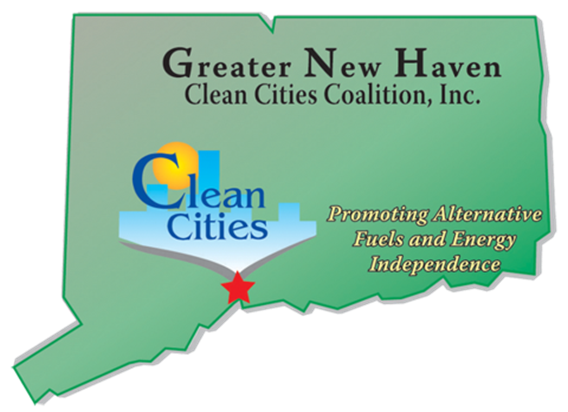Answer: VMT is a measure used in the transportation planning community and elsewhere to report the number of miles that motor vehicles are driven on the road. It is a representation of how much fuel a transportation system uses, the resources necessary to build and maintain that system, and the amount of time the regions’ inhabitants are spending on the road.
While the focus of Clean Cities is vehicle technology and alternative fuel use, many coalitions also work in their communities to reduce VMT and improve overall transportation system efficiency. Increasing efficiency through transportation demand management can help achieve local and nationwide goals for transportation (reduced congestion), energy (decreased petroleum use), and the environment (reduced emissions). Fleets can also benefit from strategies to reduce VMT through cost and time savings.
Transportation planners, vehicle fleet managers, and corporate decision makers can all play a role in transportation demand management. Strategies for reducing VMT include:
- Ridesharing: Encourage people to share vehicles and commute together through employee rideshare, ridematching systems, and car sharing programs.
- Mass Transit: Develop, improve, or increase ridership on buses, bus rapid transit, trolleys, rail, and ferry systems.
- Active Transit: Eliminate vehicle use by supporting strategies that encourage biking and walking, including infrastructure development (e.g., bike lanes, sidewalks) and bike share programs.
- Multi-Modal Transportation: Develop resources and infrastructure to enable commuters to split up their trip into multiple modes, including ridesharing, mass transit, and active transit (e.g., online trip planners, park-and ride lots)
- Telework: Implement flexible work arrangements where employees can work from home (telecommute) or attend meetings from their computer (teleconference).
- Route-Planning Software: Utilize tools that allow fleets, particularly delivery and pick-up services, to plan and follow the most direct route.
For more information on these strategies, visit the Alternative Fuels Data Center’s Transportation System Efficiency page. In addition, the following resources may be of assistance:
- U.S. Department of Transportation (DOT), Federal Transit Administration
- FTA is the federal agency responsible for providing financial and technical assistance to public transit systems. The FTA website includes grant opportunities for transit agencies, information about relevant legislation and laws, and news about transit improvements around the country.
- Partnership for Sustainable Communities
- This partnership between the U.S. Department of Housing and Urban Development, DOT, and the U.S. Environmental Protection Agency aims to increase transportation options and lower transportation costs, among other goals. Their website includes grant opportunities and case studies about successful community projects.
- DOT, Federal Highway Administration (FHWA), Active Transportation and Demand Management (ATDM)
- FHWA’s ADTM program focuses on research and resource development related to active transportation and demand management approaches. The website currently includes an overview of strategies. Moving forward, ATDM will provide lessons learned, standards, and best practices.
- Transportation Research Board (TRB):
- TRB provides information exchange and coordinates research related to U.S. and international transportation systems.
- American Public Transportation Association (APTA):
- APTA provides information and resources about the benefits of public transit, including fuel and carbon savings calculators.
Clean Cities Technical Response Service Team
technicalresponse@icfi.com
800-254-6735


